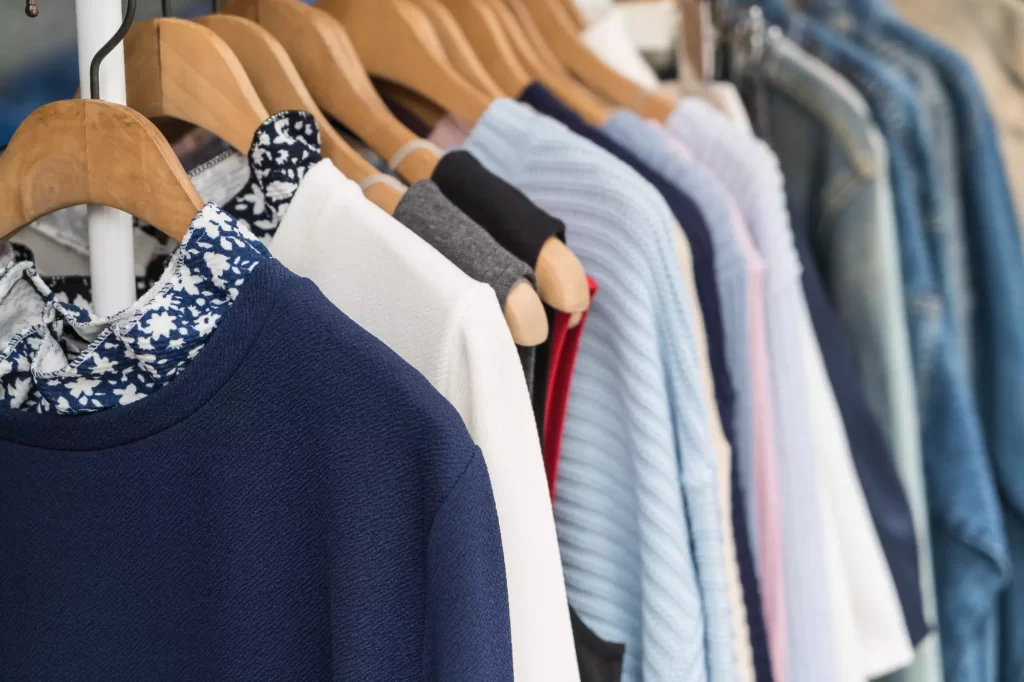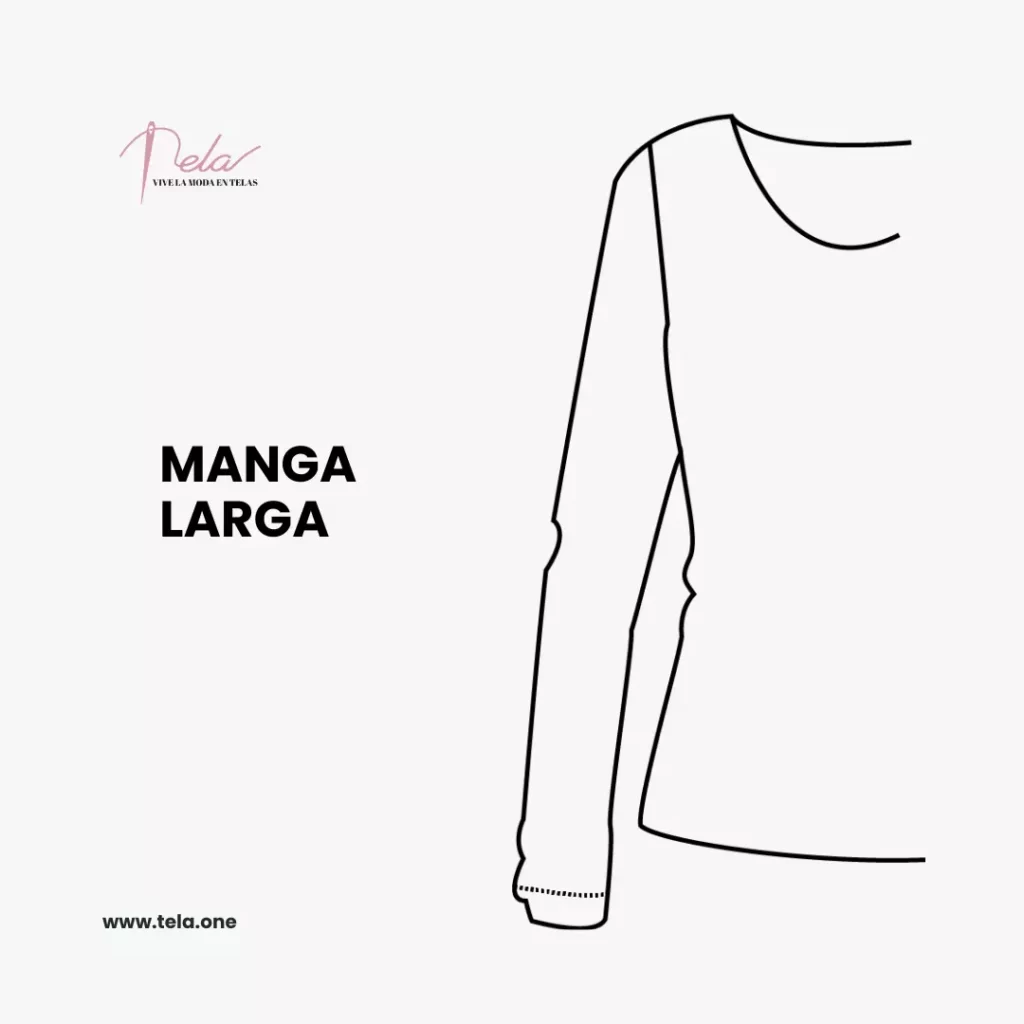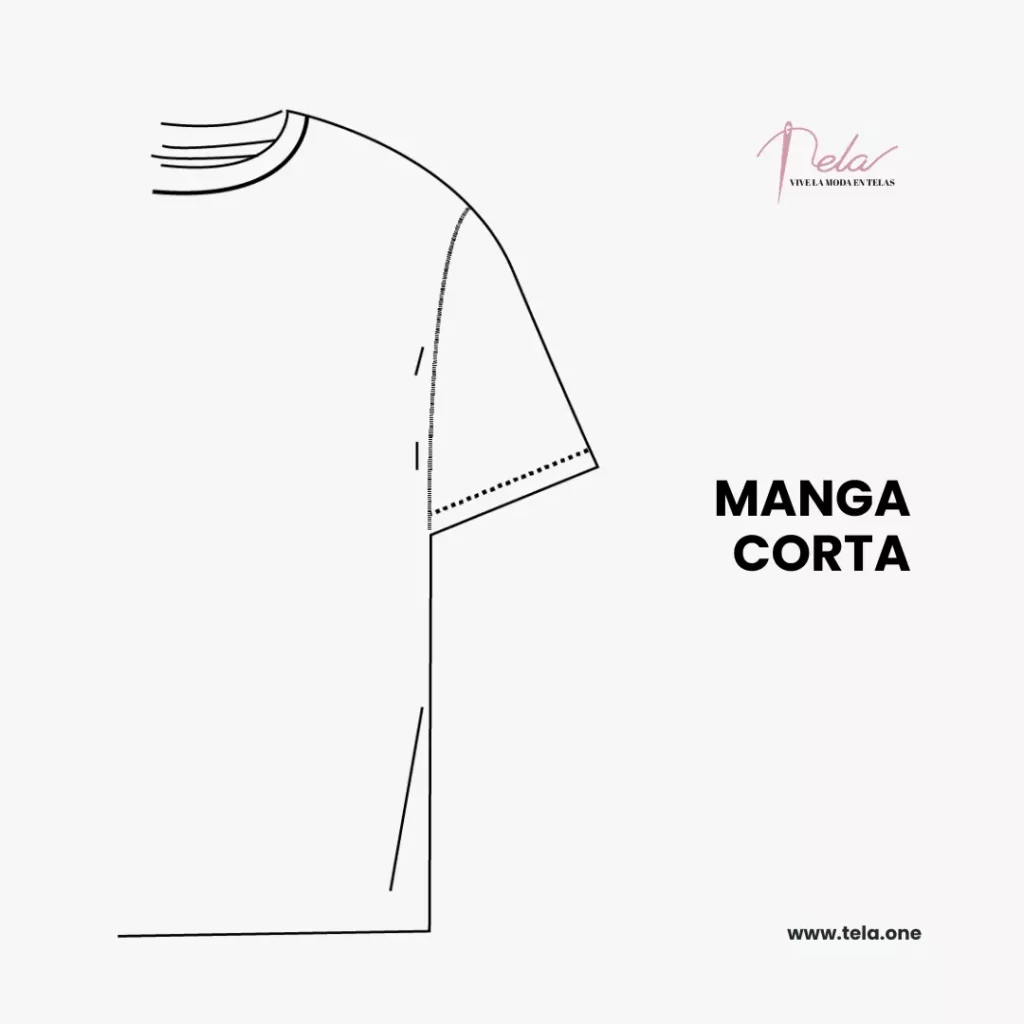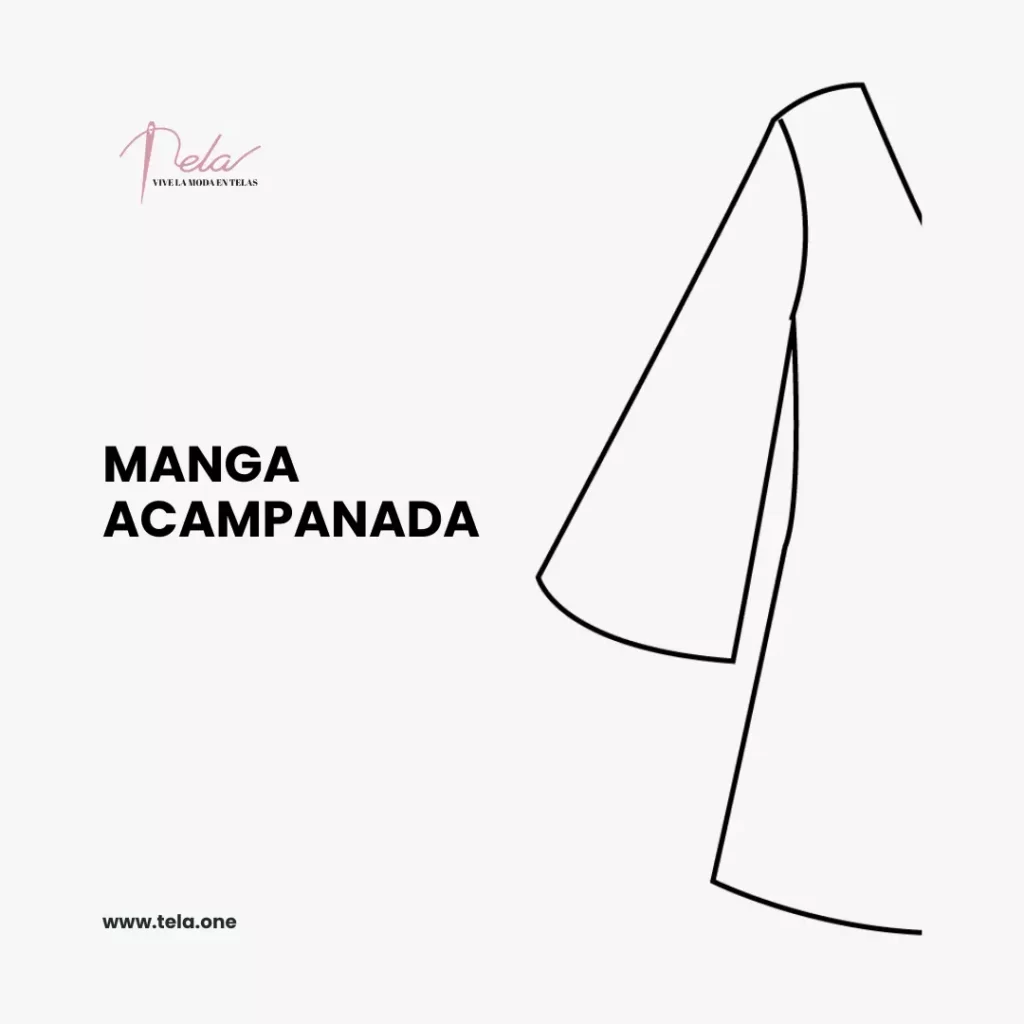
Today we will talk about the different types of sleeves that exist and how they can be included in your clothing designs.
Sleeves are an essential part of any garment. As they not only cover your arms, they can also add a touch of style and personality to any outfit. There are many different types of sleeves, each with their own style and purpose, from classic long sleeves to modern bell sleeves.
Know the Types of sleeves that exist

Long sleeves
This style is the most common and can be found in almost all clothing items. The long sleeves are perfect for the colder months and can also be rolled up to create a casual, relaxed look. You can wear long sleeves on a shirt or dress for a classic and elegant look.
short sleeves
Short sleeves are perfect for summer and warm days. They are ideal for blouses and t-shirts and can be straight or slightly flared. Short sleeves can also be combined with other sleeve styles for a more interesting look.

Puffed sleeves
They are a popular trend in current fashion and add a touch of elegance and femininity to any garment. This sleeve style fits tighter on the upper arm and gradually widens toward the wrist. Puff sleeves are perfect for dresses and blouses, and look especially good with softer, flowier fabrics, like silk or cotton.

Flared sleeves
They have a flared shape that widens from the elbow down, creating a bell effect. They can be tight at the top or looser throughout the arm. They are perfect for dresses and blouses and look especially good in more structured fabrics.
Kimono sleeves
It is a Japanese manga style that has become popular in Western fashion. This style of sleeve is very wide and extends from the upper arm to the wrist. Kimono sleeves are great for blouses and dresses and look especially good in soft, flowy fabrics.
Raglan sleeves
A sleeve style that extends from the neck to the armpit. This sleeve style is perfect for thicker, more structured fabrics, like sweatshirts and jackets. Raglan sleeves can also be used on t-shirts for a more casual look.
batwing sleeves
Its structure is widest at the upper arm and gradually narrows towards the wrist. It is very popular in today’s fashion and works well with softer, flowier fabrics. Batwing sleeves are ideal for blouses and dresses and look especially good in solid colors.
Ruffle sleeves
Includes an additional layer of fabric at the bottom of the sleeve. This sleeve style is very feminine and works well with softer, flowier fabrics. They look especially good in floral prints and other softer patterns.
cap sleeve
It is a type of short sleeve that covers only the upper part of the arm, reaching the middle of the arm. It is characterized by having a conical shape that fits around the upper part of the arm. And it flares slightly at the bottom to allow freedom of movement.
It is called that because it resembles the shape of a small cap or cap.
French sleeve
Long-sleeved style characterized by having a length that generally reaches the elbow. It is also known as three-quarter sleeve or 3/4 sleeve.
The French sleeve is cut at the upper arm, and can have a straight or slightly flared shape, depending on the design. It is often secured with a button or bow on the upper arm. Which creates a fold or gather in the fabric.
Mounted sleeve
The set-in sleeve features a soft, fitted shape around the arm, creating an elegant and sophisticated look. The shape of the sleeve can also be adjusted at the armpit seam to allow greater freedom of movement in the arm.

Recommendations to include sleeves in your designs
If you are looking to include sleeves in the construction of a garment, here are some recommendations:
- Select the right type of sleeve – As we have already seen, there are many types of sleeves, each with its own style and function. It is important to choose the one that best suits the design of the garment and the intended use.
- Take accurate measurements: Before cutting the fabric, be sure to take accurate measurements of the arm and desired sleeve length. This will help you avoid mistakes and ensure that it fits properly and comfortably.
- Pay attention to the fabric: The choice of fabric is important for the comfort and durability of the garment. Be sure to select a fabric that is suitable for the type of sleeve you are making, and that has enough stretch or stiffness as needed.
- Try on the garment as you go: It’s a good idea to try on the garment as you go through construction, to make sure it fits well and feels comfortable. This will allow you to make adjustments if necessary before finishing the garment.
- Sew the sleeves last – It is always best to sew the sleeves last, after you have assembled the body of the garment. This will allow you to adjust the garment as needed before adding the sleeve.
Now that you know some of the different types of sleeves, it’s time to start experimenting with them in your clothing designs. Remember that sleeves can transform a basic garment into something unique and special, so don’t be afraid to play with different styles and fabrics to find the perfect look.